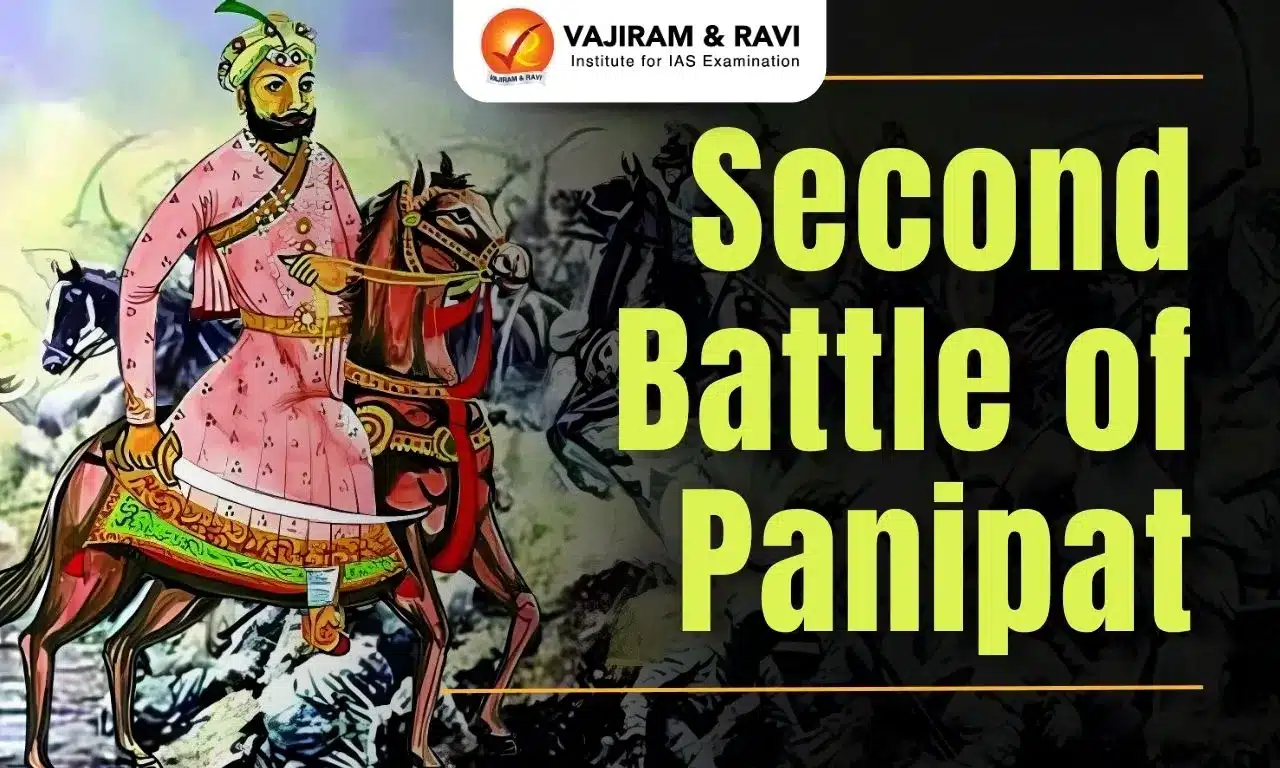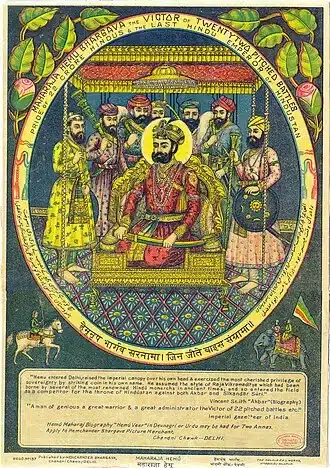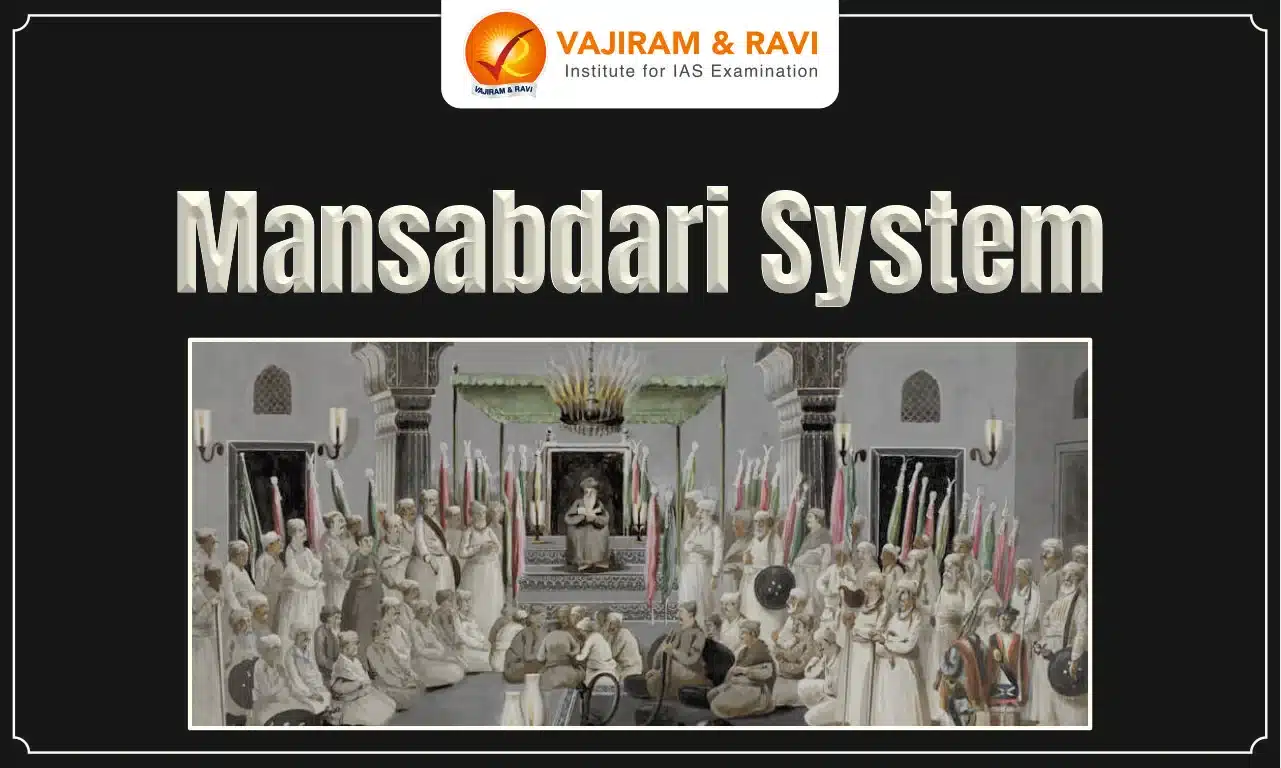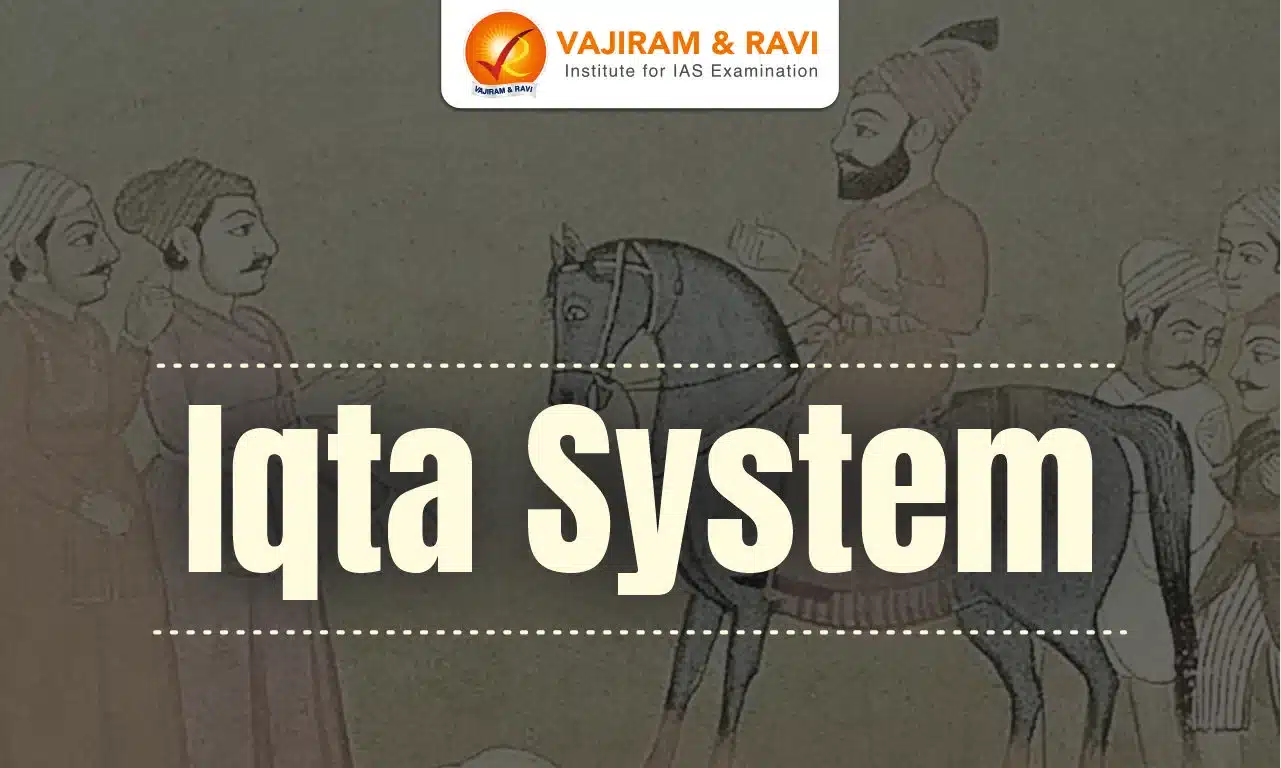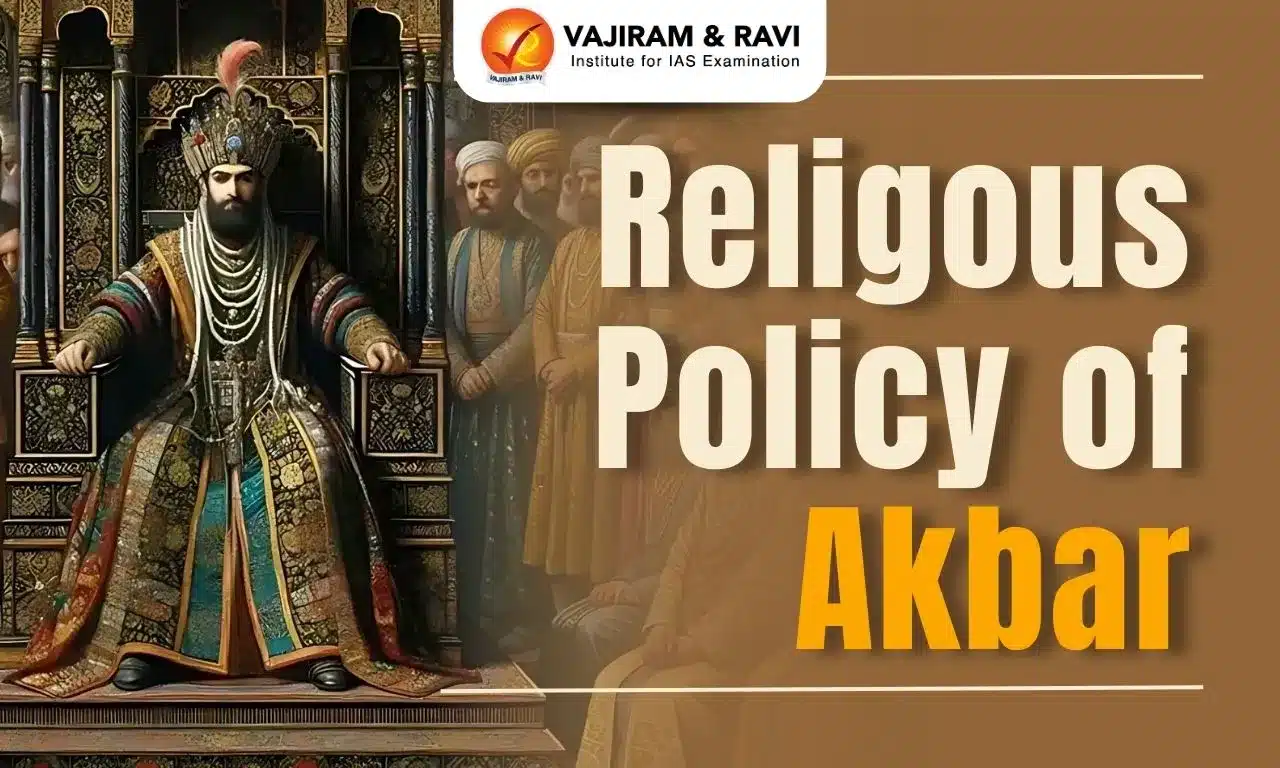Second Battle of Panipat, which took place on November 5, 1556, was fought between Mughal Emperor Akbar and Samrat Hem Chandra Vikramaditya (Hemu), the ruling King of Delhi. Second Battle of Panipat resulted from Hemu Vikramaditya's conquest of Agra and Delhi following Humayun's death. Second Battle of Panipat saw the defeat of Hemu and a decisive victory for Mughal forces led by Bairam Khan.
Second Battle of Panipat marked the start of Akbar's rule and territorial expansion. During their early dominance in India, the Mughals ruled only Punjab, Delhi, and Afghanistan. The victory in the second battle led to further consolidation and expansion of the Mughal Empire.
Second Battle of Panipat Overview
Second Battle of Panipat, fought on 5 November 1556, marked the beginning of Akbar's rule and territorial expansion. The battle was fought between Mughal Emperor Akbar and Hemu, who ruled North India from Delhi.
- Hemu's army, despite consisting of 1500 war elephants, 30,000 horsemen, and artillery, was defeated by the Mughal army of 10,000 cavalry and 5000 veteran soldiers.
- The significant victory of Akbar’s generals, Khan Zaman I and Bairam Khan, in the battle demonstrated that battlefield tactics are more important than numerical superiority in wars.
Second Battle of Panipat Background
Second Battle of Panipat happened in the background of Hemu’s rise to power and the succession of thirteen-year-old Akbar to the throne of Delhi after the death of Mughal Emperor Humayun in 1556. Hemu, a strong military leader from Rewari, gained prominence for defeating the Mughal Army and briefly establishing Hindu control in Delhi.
- Hemu’s Rise: Hemu was the Prime Minister and commander of the Islam Shah’s army of the Sur dynasty. Hemu won 22 battles between 1553 and 1556. During Humanayun's death, Hemu was in Bengal, suppressing a rebellion. Humayun's death provided him with the perfect opportunity to defeat the Mughals.
- Strategy of Hemu: Hemu attacked Agra and captured the Etawah, Kalpi, and Agra provinces, which were earlier under Mughal command. After strengthening his army at Gwalior Fort by recruiting more Hindus, Hemu moved towards Delhi, where his army encountered Mughal resistance, leading to the Battle of Tughlaqabad.
- Hemu’s Accession to the throne: Akbar forces, under the command of Tardi Beg, lost the Battle of Tughlaqabad. Hemu took possession of Delhi and was crowned at Purana Qila on 7 October 1556.
- He also assumed the title of Raja Hem Chandra Vikramaditya.
- Future Plan: After his conquest of Delhi, Hemu started making several changes in his army, preparing for an attack on Kabul, as Abul Fazal stated in Akbarnama.
Battle of Tughlaqabad
Battle of Tughlaqabad (also called Battle of Delhi) was fought on 6 October 1556 between Hemu and Mughal forces under the command of Tardi Beg Khan. Hemu emerged victorious. Around 3000 soldiers were killed, and Tardi Beg Khan fled the Battle. Hemu took control of Delhi and declared his independent status. He also assumed the title of Vikramaditya or Bikramjit at Purana Qila Delhi.
Second Battle of Panipat Causes
Second Battle of Panipat occurred for a variety of reasons, including Hemu's rise to power, the Mughals' perceived threat, differences in military capability, and so on. The causes are as follows:
- Threat to Mughal Rule: After Humayun died in 1556, Akbar, a young ruler, faced significant threats from Hemu's ambitious reign. Hemu's victories in 1553-1556, including North India, Bengal, and Delhi, prompted Akbar and Bairam Khan to act.
- Rising status of Hemu: In 1556, Hemu defeated Akbar's forces in the Battle of Delhi, just a month before the second battle of Panipat. He crowned himself as Samrat Hemachandra Vikramaditya.
- Mughals Retaliation: In November 1556, Akbar counterattacked Hemu at Panipat, seizing control of Delhi. This led to escalation of conflict between Hemu and the Mughals.
Second Battle of Panipat Timeline
Second Battle of Panipat occurred due to Bairam Khan's, Commander in Chief of the Mughal Army, decision to fight Hemu, despite the Mughal Generals' advice for Akbar, who was in Kalanur, Punjab, to retreat to Kabul. Bairam Khan led the Mughal army towards Delhi, and on 5 November 1556, both armies met at Panipat, where Babur defeated Ibrahim Lodi in the first Battle of Panipat, 1526.
- Akbar remained protected: Akbar and Bairam Khan stayed 8 miles away from the battlefield and did not directly participate in the war. Bairam Khan also gave Akbar a special guard of 5000 experienced and faithful soldiers.
- Hemu’s Leadership: Hemu’s army included 1500 war elephants and 30,000 experienced Afghan and Rajput cavalry. Hemu commanded his army from the forefront, sitting on an elephant named Hawai.
- Mughal army: Mughal forces were composed of 10,000 cavalries, and the formation of Mughal troops was based on traditional lines with left and right wings supporting the center backed by a vanguard.
- Abul Fazl described the war as “ Two armies so collided that struck fire out of the water, the air was all crimsoned.”
- Defeat of Hemu: Hemu was hit by a Mughal arrow in his eye, which made King Hemu fall unconscious, making his army disorganized, breaking the formation, and finally being defeated.
Second Battle of Panipat Outcome
Second Battle of Panipat saw the defeat of Hemu with his dead body being found several hours after the war by Shah Quli Khan Mahram, Governor of Narnaul, who brought it to the Mughal tent. General Bairam Khan beheaded Hemu. Several relatives and supporters of Hemu were also beheaded. Following the victory in the second Battle of Panipat, the Mughals took over Delhi and Agra, establishing Akbar’s absolute authority over Delhi.
Second Battle of Panipat Significance
Second Battle of Panipat, fought in 1556, was a crucial victory for the Mughals, who established their authority in Northern India. The battle also highlights the decline of Afghan power in the region. The Battle marks the beginning of Akbar’s rule, his consolidations, and territorial expansions under the Mughal Empire.
Second Battle of Panipat UPSC PYQs
Q.1 The third battle of Panipat was fought in 1761. Why were so many empire-shaking battles fought at Panipat? (UPSC Mains 2014)
Last updated on December, 2025
→ Check out the latest UPSC Syllabus 2026 here.
→ Join Vajiram & Ravi’s Interview Guidance Programme for expert help to crack your final UPSC stage.
→ UPSC Mains Result 2025 is now out.
→ UPSC Notification 2026 is scheduled to be released on January 14, 2026.
→ UPSC Calendar 2026 is released on 15th May, 2025.
→ The UPSC Vacancy 2025 were released 1129, out of which 979 were for UPSC CSE and remaining 150 are for UPSC IFoS.
→ UPSC Prelims 2026 will be conducted on 24th May, 2026 & UPSC Mains 2026 will be conducted on 21st August 2026.
→ The UPSC Selection Process is of 3 stages-Prelims, Mains and Interview.
→ UPSC Result 2024 is released with latest UPSC Marksheet 2024. Check Now!
→ UPSC Prelims Result 2025 is out now for the CSE held on 25 May 2025.
→ UPSC Toppers List 2024 is released now. Shakti Dubey is UPSC AIR 1 2024 Topper.
→ UPSC Prelims Question Paper 2025 and Unofficial Prelims Answer Key 2025 are available now.
→ UPSC Mains Question Paper 2025 is out for Essay, GS 1, 2, 3 & GS 4.
→ UPSC Mains Indian Language Question Paper 2025 is now out.
→ UPSC Mains Optional Question Paper 2025 is now out.
→ Also check Best IAS Coaching in Delhi
Second Battle of Panipat FAQs
Q1. Who fought the second Battle of Panipat?+
Q2. What was the importance of the Second Battle of Panipat?+
Q3. What was the difference between the first Battle of Panipat and the Second Battle of Panipat?+
Q4. Who was captured by Akbar in the second Battle of Panipat?+
Q5. Who were the prominent figures leading the Second Battle of Panipat?+



